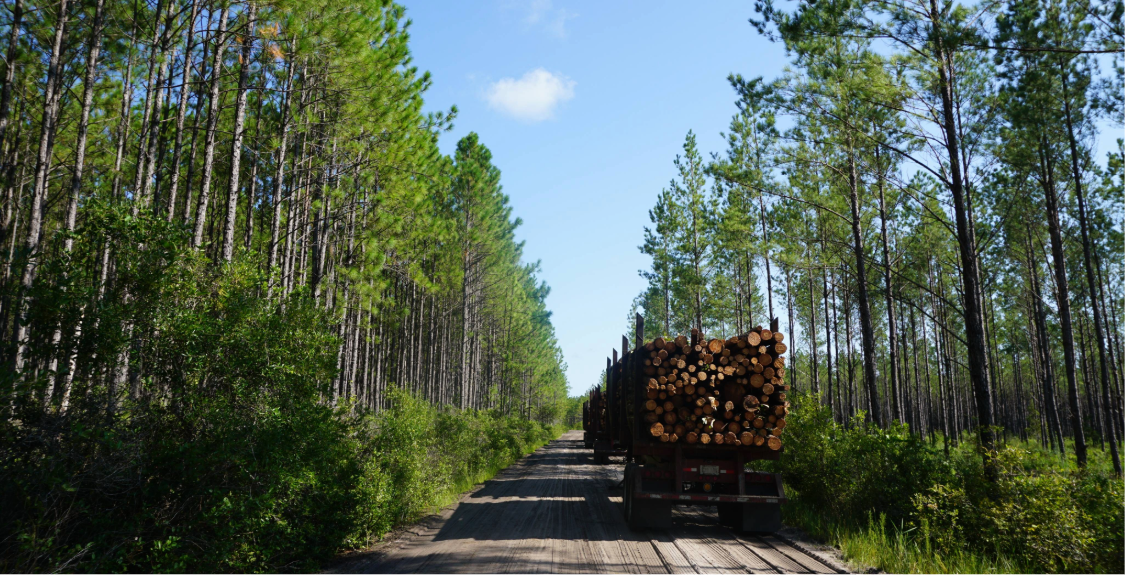AFM NEWS
What is Resource Planning in Forestry?

Resource planning and analytics is the process of managing and optimizing forest resources in a way that could be compared to a "forest care plan." To hear Laura Hayes, Managing Director of Resource Planning Services, explain it, she said, "Resource planning is much like financial planning. We model future performance expectations of an asset for the landowner or land manager so they can make informed decisions. We do this on all scales, regardless of property size and composition. We help clients understand the potential impact of their decisions on their forest assets." Resource planners sift through, arrange, and utilize pieces of property data, pertinent costs and revenues from operations, and guiding constraints or objectives to provide landowners with a tangible tool for visualization of optimized outcomes of their properties. In this article, we'll delve into the goals and objectives of resource planning as well as the tools resource planners use.
Each landowner is unique and has different goals and objectives for their property. Regardless of their aims, the first step in resource planning is to conduct a forest inventory, which assesses the species and quantities of trees, vegetation, and other forest resources. Foresters gather data in the field through ground surveys and utilize tools like aerial imagery and remote sensing. Next, resource planners gather important modeling inputs that describe the forest management methods, local markets, and costs and revenues generated by the landowner's property. Once this data is collected, our team can address various goals or concerns, including:
- Economic Goals: This usually focuses on timber production and other forest products. As Hayes mentioned earlier, resource planning involves economic analysis to ensure that forest management activities are financially sustainable. It calculates the costs and revenues of timber harvesting, reforestation, and other silvicultural activities.
- Ecological Goals: Landowners may be interested in adhering to forest sustainability requirements, managing specific wildlife habitats, and sequestering carbon. Managing multiple species, maintaining carbon stocks, and supporting wildlife habitats are all elements of conservation planning, and these practices help maintain forest integrity.
It's important to note that these goals are not in opposition to each other, and skilled resource planning analysts can help landowners pursue these objectives in tandem. While these may be complex problems, AFM's resource planning professionals have multiple tools at their disposal to help landowners make sound decisions through analytics.
- Remsoft's Woodstock: This optimization program is intelligence software that allows forestry and natural resource industries to improve decision-making via analytics. Creating planning models in this software generates potential future outcomes based on management objectives. It allows for the formulation of management plans and budgets that respect multiple financial, operational, and spatial constraints. Sensitivity analyses can gauge the effect of different variables such as interest rates, environmental factors, and market conditions.
With information and available data points, landowners can make informed decisions regarding a range of outcomes, projecting risk and reward in a changing landscape. According to Wesley Johnson, Manager of Resource Planning, "Resource planners are the nexus of biometricians, GIS analysts, and foresters. We aggregate information and make it work for you, answering the 'what if' questions." Together, this team of professionals can help landowners determine the best course of action in growth and yield modeling, harvest schedules, and more.
